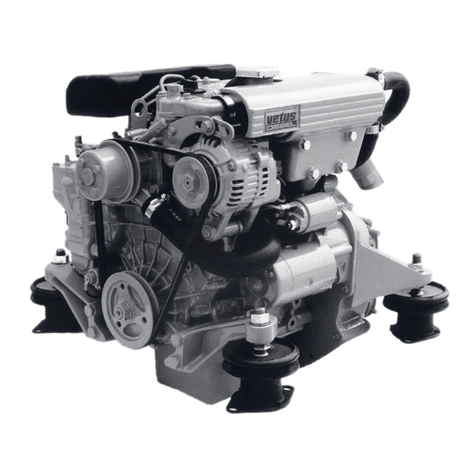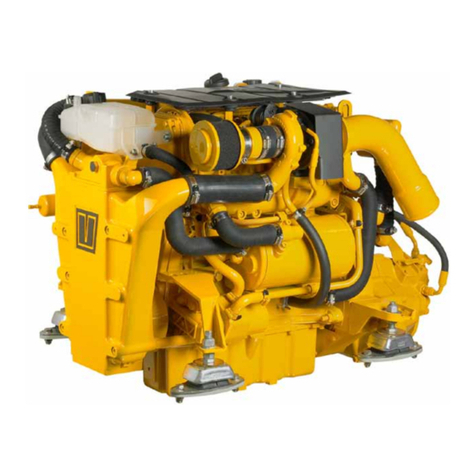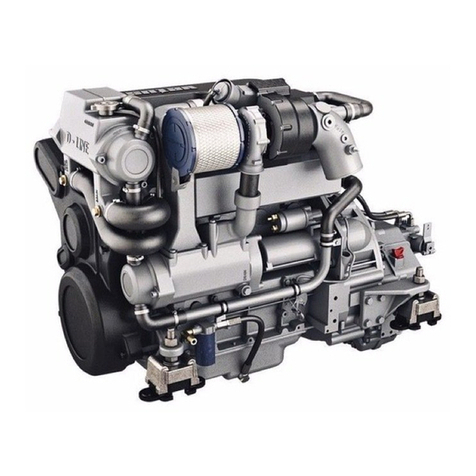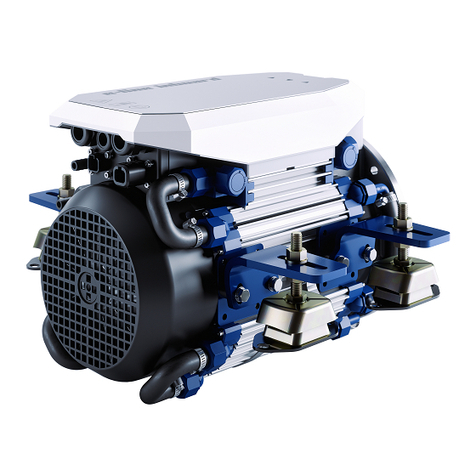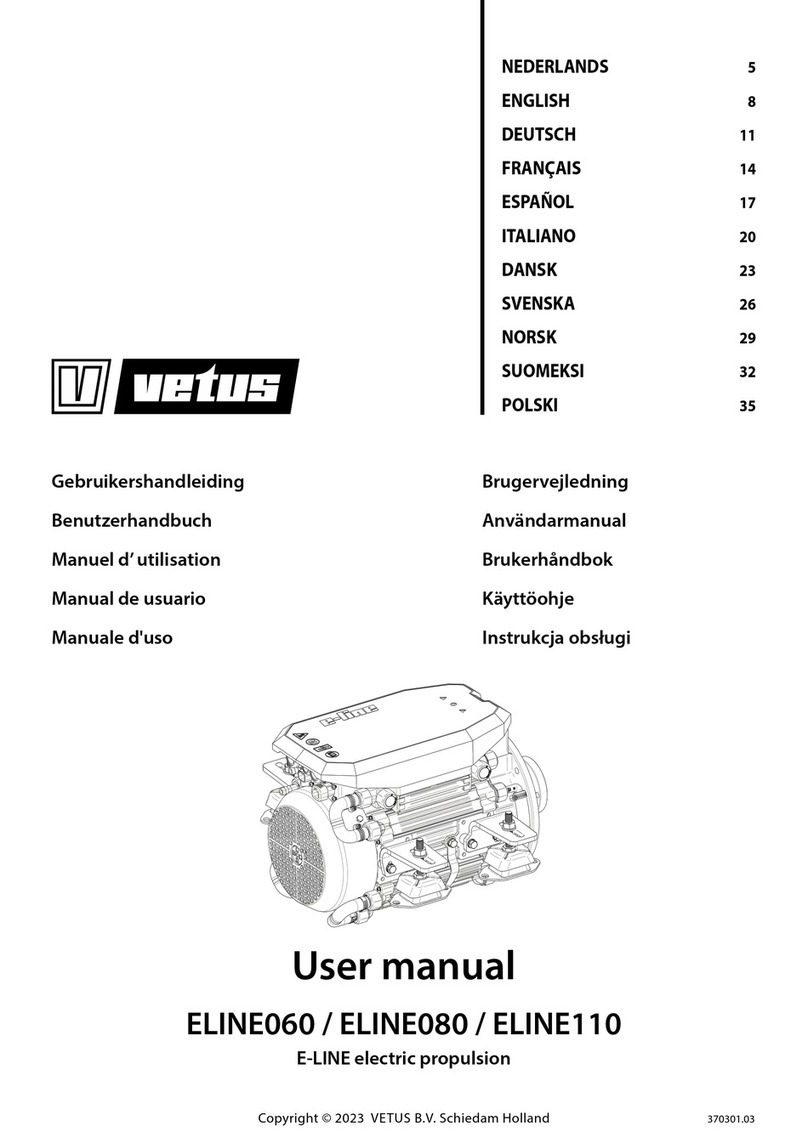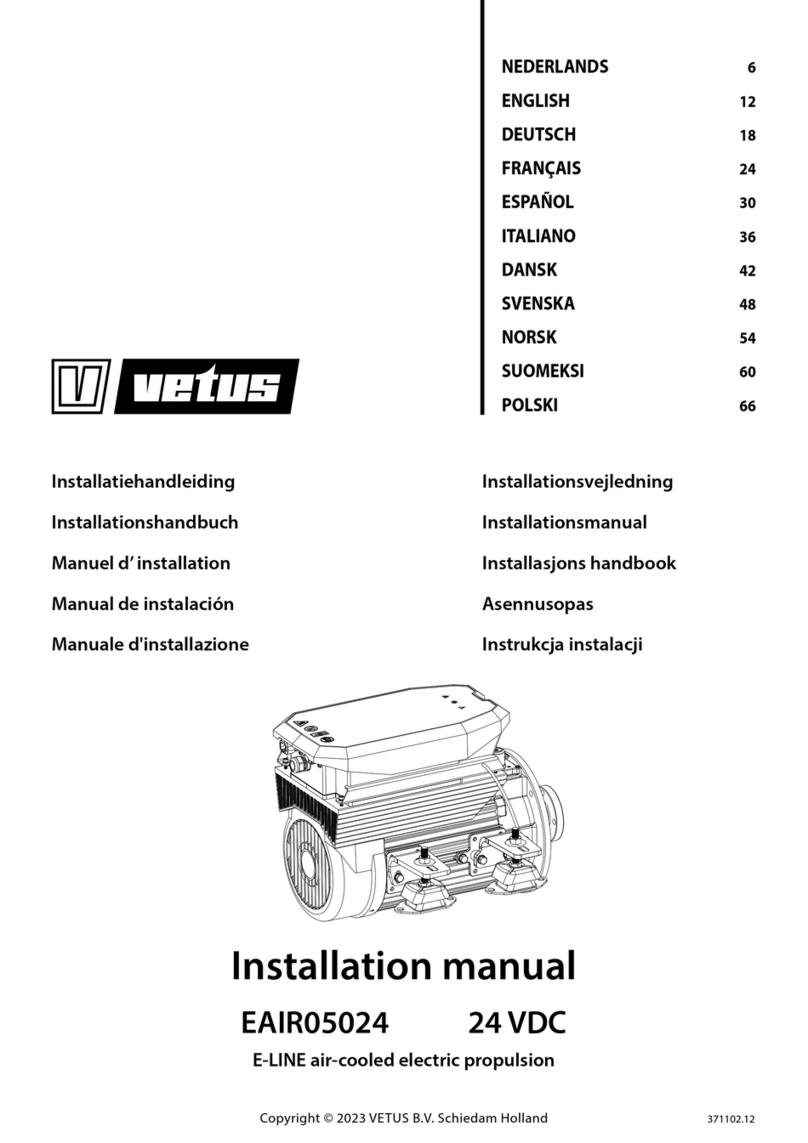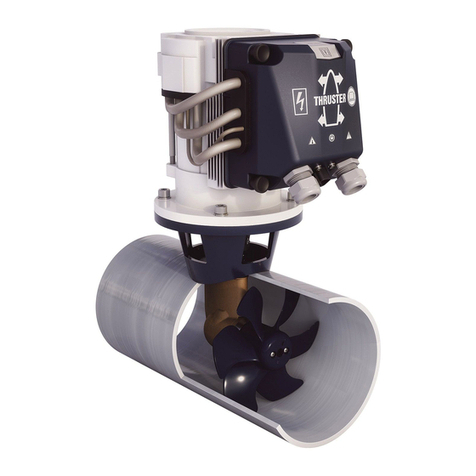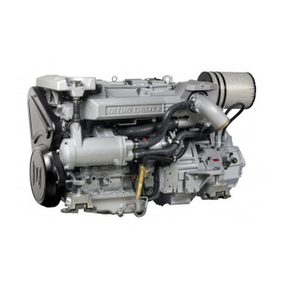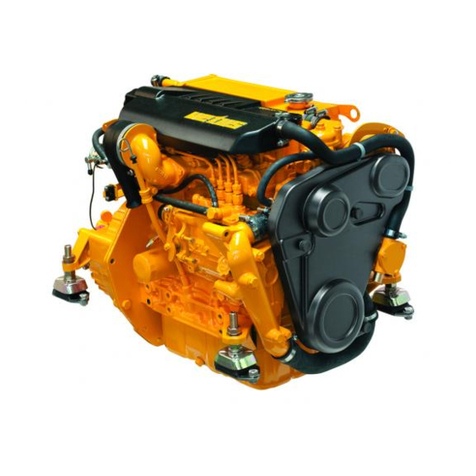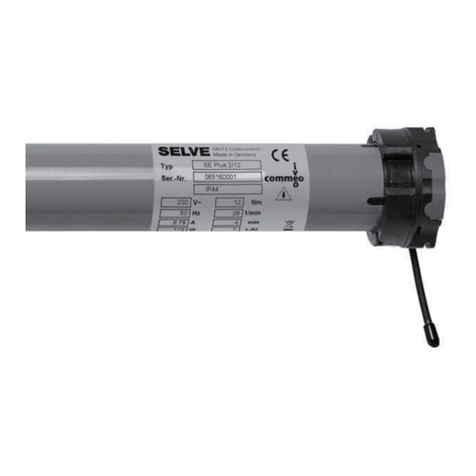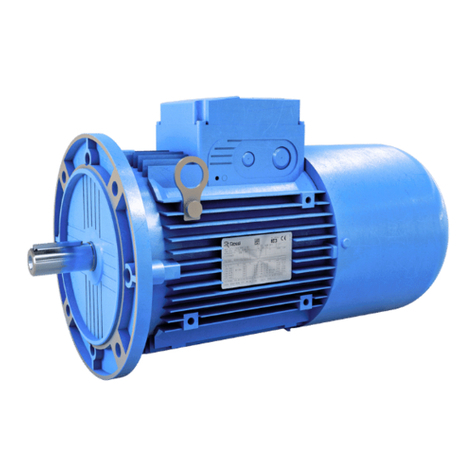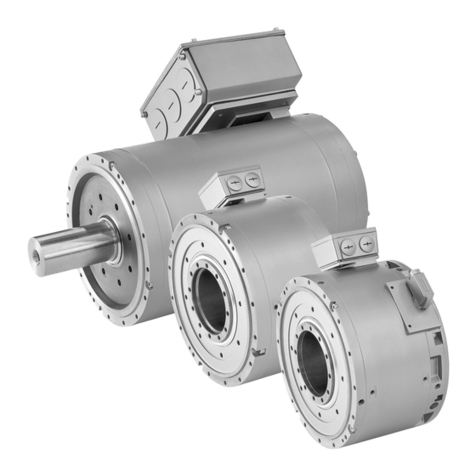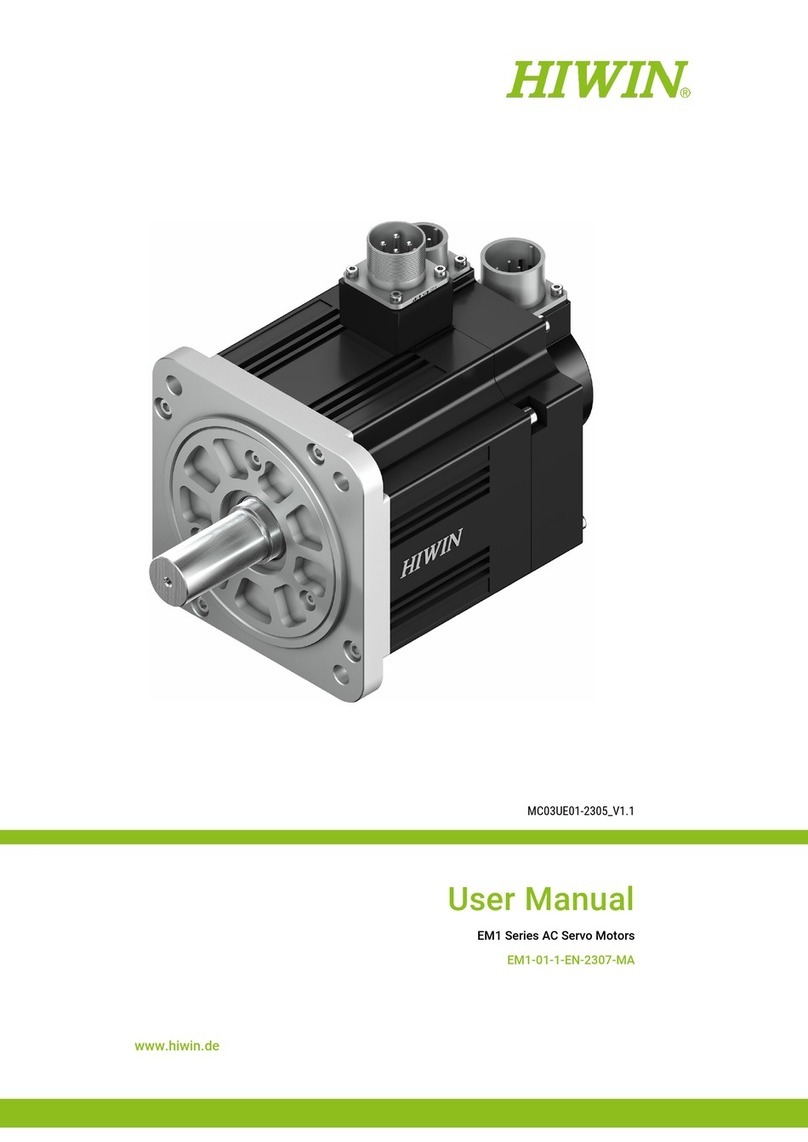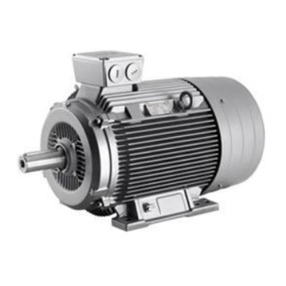
4370301.12 Installation manual E-Line electric propulsion
Sommaire Índice Indice
8 Dimensiones principales . . . . . . . 95
9 Diagramas de cableado . . . . . . . . 96
10 Capacidad de las baterías, cables
de baterías. . . . . . . . . . . . . . . . . . . . 106
8 Dimensions principales. . . . . . . . . 95
9 Diagrammes de câblage. . . . . . . . 96
10 Capacité de la batterie, câbles
de batterie . . . . . . . . . . . . . . . . . . . . 106
8 Dimensioni principal . . . . . . . . . . . 95
9 Schemi Elettrici . . . . . . . . . . . . . . . . 96
10 Batterikapacitet, cavi della
batteria . . . . . . . . . . . . . . . . . . . . . . . 106
1 Sécurité
. . . . . . . . . . . . . . . . . . . . . . . 31
2 Introduction . . . . . . . . . . . . . . . . . . . 31
3 Formulaire d’installation . . . . . . . 32
4 Installation . . . . . . . . . . . . . . . . . . . . 32
4.1 Support Moteur . . . . . . . . . . . . . . . . 32
4.2 Montage exible. . . . . . . . . . . . . . . . 32
5 Installation de l’arbre d’hélice . . 33
5.1 Accouplement de l’arbre d’hélice 33
5.2 Arbre d’hélice . . . . . . . . . . . . . . . . . . 33
5.3 Cage de l’hélice. . . . . . . . . . . . . . . . . 33
5.4 Hélice. . . . . . . . . . . . . . . . . . . . . . . . . . 33
6 Refroidissement. . . . . . . . . . . . . . . . 34
6.1 Refroidissement à eau non-
traitée (eau douce uniquement) . 34
6.2 Refroidisseur de quille . . . . . . . . . . 34
6.3 Remplir le système de
refroidissement. . . . . . . . . . . . . . . . . 35
6.4 Raccords . . . . . . . . . . . . . . . . . . . . . . . 35
7 Système Électrique. . . . . . . . . . . . . 36
7.1 Fonction de charge stimulé MCVB 36
7.2 Batteries . . . . . . . . . . . . . . . . . . . . . . . 36
7.3 Capacité de la Batterie . . . . . . . . . . 36
7.4 Installation de la batterie . . . . . . . . 37
7.5 Câbles de courant principaux. . . . 37
7.6 Fusible interne. . . . . . . . . . . . . . . . . . 38
7.7 Conguration d'un ou plusieurs
moteurs. . . . . . . . . . . . . . . . . . . . . . . . 38
7.8 Connexion des câbles du Bus
CAN (courant de commande) . . . 38
1 Seguridad . . . . . . . . . . . . . . . . . . . . . 39
2 Introducción . . . . . . . . . . . . . . . . . . . 39
3 Formulario de instalación . . . . . . 40
4 Instalación del motor. . . . . . . . . . . 40
4.1 Soporte del motor . . . . . . . . . . . . . . 40
4.2 Montaje exible . . . . . . . . . . . . . . . . 40
5 Instalación del eje de la hélice . . 41
5.1 Acoplamiento del eje de la hélice 41
5.2 Eje de la hélice. . . . . . . . . . . . . . . . . . 41
5.3 Apertura de la hélice . . . . . . . . . . . . 41
5.4 Hélice. . . . . . . . . . . . . . . . . . . . . . . . . . 41
6 Refrigeración . . . . . . . . . . . . . . . . . . 42
6.1 Refrigeración de aguas crudas
(solo agua limpia). . . . . . . . . . . . . . . 42
6.2 Refrigeración en quilla . . . . . . . . . . 42
6.3 Rellenado del sistema de
refrigeración . . . . . . . . . . . . . . . . . . . 43
6.4 Conexiones. . . . . . . . . . . . . . . . . . . . . 43
7 Sistema eléctrico. . . . . . . . . . . . . . . 44
7.1 Función detonadora de carga
MCVB . . . . . . . . . . . . . . . . . . . . . . . . . . 44
7.2 Baterías . . . . . . . . . . . . . . . . . . . . . . . . 44
7.3 Battery capacity . . . . . . . . . . . . . . . . 44
7.4 Instalación de la batería . . . . . . . . . 45
7.5 Cables de la corriente principal . . 45
7.6 Fusible Intero. . . . . . . . . . . . . . . . . . . 46
7.7 Conguración de uno o más
motores. . . . . . . . . . . . . . . . . . . . . . . . 46
7.8 Conectar los cables CAN bus
(corriente de control) . . . . . . . . . . . 46
1 Sicurezza . . . . . . . . . . . . . . . . . . . . . . 47
2 Introduzione. . . . . . . . . . . . . . . . . . . 47
3 Modulo di istallazione. . . . . . . . . . 48
4 Installazione del motore. . . . . . . . 48
4.1 Supporto motore . . . . . . . . . . . . . . . 48
4.2 Montaggio essibile . . . . . . . . . . . . 48
5 Installazione dell'albero dell'elica 49
5.1 Accoppiamento dell'albero
dell'elica . . . . . . . . . . . . . . . . . . . . . . . 49
5.2 Albero dell'elica . . . . . . . . . . . . . . . . 49
5.3 Apertura dell'elica . . . . . . . . . . . . . . 49
5.4 Elica . . . . . . . . . . . . . . . . . . . . . . . . . . . 49
6 Rareddamento . . . . . . . . . . . . . . . 50
6.1 Rareddamento ad acqua grezza
(solo acqua dolce) . . . . . . . . . . . . . . 50
6.2 Rareddamento della chiglia . . . . 50
6.3 Riempimento del sistema di
rareddamento. . . . . . . . . . . . . . . . . 51
6.4 Collegamenti . . . . . . . . . . . . . . . . . . . 51
7 Impianto elettrico . . . . . . . . . . . . . . 52
7.1 Funzione di carica potenziata
MCVB . . . . . . . . . . . . . . . . . . . . . . . . . . 52
7.2 Batterie . . . . . . . . . . . . . . . . . . . . . . . . 52
7.3 Capacità della batteria . . . . . . . . . . 52
7.4 Installazione della batteria. . . . . . . 53
7.5 Cavi della corrente principale . . . . 53
7.6 Fusibile interno . . . . . . . . . . . . . . . . . 54
7.7 Congurazione di uno o più motori 54
7.8 Collegamento dei cavi CAN bus
(corrente di controllo). . . . . . . . . . . 54
